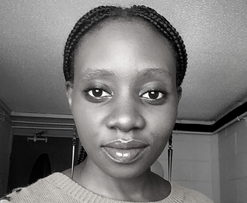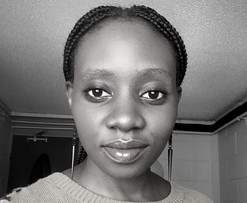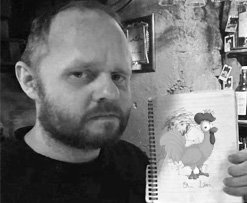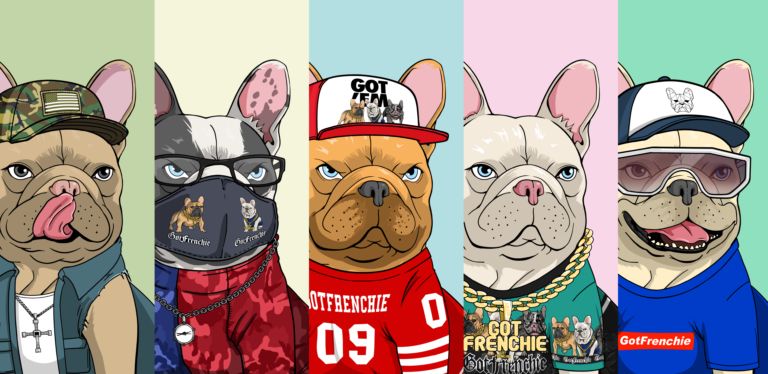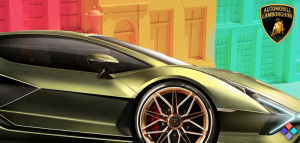
Along with leadership, group dynamics are another high area of focus for community building and DAOs. Earlier this month, we referenced Richard Bartlett’s Microsolidarity theory in Breaking Patterns – Leadership in Web3. People come together in communities when they feel a strong sense of belonging, which could be considered an attraction to a purpose and a group of people putting energy toward that purpose.
A group is usually classified as more than two people, but most groups usually start as one individual. While many are focused on understanding the financial growth of DAOs, the means to financial growth is based on the individual contributors and the community. By learning more about group dynamics and the growth structure of those groups, couldn’t we apply that to create and sustain successful DAO projects?
Forming Communities
Let’s consider a simple example of how communities come together. One person with strong communication skills has an idea and brings that idea up to a friend during dinner. The idea immediately resonates with the friend and they begin to explore it together. Later that week, the two friends come together again and discuss how the idea could possibly come to life.
They sketch out a plan but realize that a few things on the list are outside of their expertise. One of the friends knows someone that could help with the gaps. A few days later, the party of three get together with building energy and excitement as they refine the plan together.
While this example seems rudimentary, I’ve been a participant in this exact flow of events hundreds of times. In fact, I’ve been fortunate enough to be in all three roles at various times. While a large percentage of these small seeds of potential never amounted to anything, it certainly informed my creative process with a profound effect. With all of this experience, I never considered the dynamics of groups as they move from the individual to the crowd.
As a group expands and contracts, understanding its superpowers and shortcomings will be tremendously helpful to DAO structure and governance. Let’s consider Bartlett’s perspective on The Fractal Sense of Belonging and how this framework could apply to DAOs.

Image credit: Richard Bartlett
The Fractal Sense of Belonging
SELF – In a group of one, you actually aren’t really alone. You are the collection of your experiences and personas. I always think about Napoleon Hill’s Council of Invisible Advisors from his book Think and Grow Rich. He would consider new ideas through the perspective of Henry Ford, Ben Franklin and other people he admired from reading about their work. When I was younger, I fought hard to keep all of my ideas to myself, until I realized there is a tragedy that falls upon all great ideas that haven’t been given a chance to become their potential. These ideas are offered that opportunity through new energy and fresh perspectives.
PARTNERSHIP – As in the simple example referenced earlier, one person brings an idea to another person and a dance ensues. The group of two often struggles between domination, which is a one-way dynamic seeking a single benefit, and partnership, which strives for a reciprocal dynamic and a mutually beneficial outcome. Successful partnerships are a result of the latter.
CREW – One of these successful partnerships could turn into a crew. Think of a crew as an amount of people that can maintain a connected conversation over dinner. If it gets too big, the group divides into multiple conversations. We don’t need huge bureaucratic systems to keep these people engaged if they are the right people. Crews can be extremely productive in getting things done. One example of a crew is the MODA Foundation, which is the centralized management element of MODA DAO.
CONGREGATION – From a DAO perspective, this is where we’d start to see a more formal governance structure. When the group is above 15 but no larger than 150, members know a little about most other members, but the depth of connection becomes more difficult to maintain. The math of relationships informs us of the complexity of these dynamics. While a group of 3 only has six relationships, a group of 100 has almost 5,000. Ideally, this group structure supports the formation of crews where deeper relationships evolve, while facilitating a few planned meet ups for the larger community around their common purpose.
NETWORK – This group structure presents an opportunity for key members of multiple congregations to connect and share best practices. From a DAO perspective, this could be an inter-DAO connectivity for multiple DAOs existing on a particular platform or protocol. I’ve seen this emerge in DAO creation platforms like DAOHaus and SyndicateDAO where they build their communities of individual DAOs. In many cases, these networks resonate with the general ethos of web3 communities.
First principles always help me understand new opportunities, especially where these principles can point to historical examples and tangible outputs. DAOs are rooted in the first principles of community building and group dynamics. By becoming familiar with them, we can create the foundational structures that can deliver on the potential of DAOs.
Want more? Connect with NFT Plazas
Join the Weekly Newsletter
Join our Discord
Follow us on Twitter
Like us on Facebook
Follow us on Instagram
*All investment/financial opinions expressed by NFT Plazas are from the personal research and experience of our site moderators and are intended as educational material only. Individuals are required to fully research any product prior to making any kind of investment.
The post DAOnload: Group Dynamics and Community Building appeared first on NFT Plazas.


